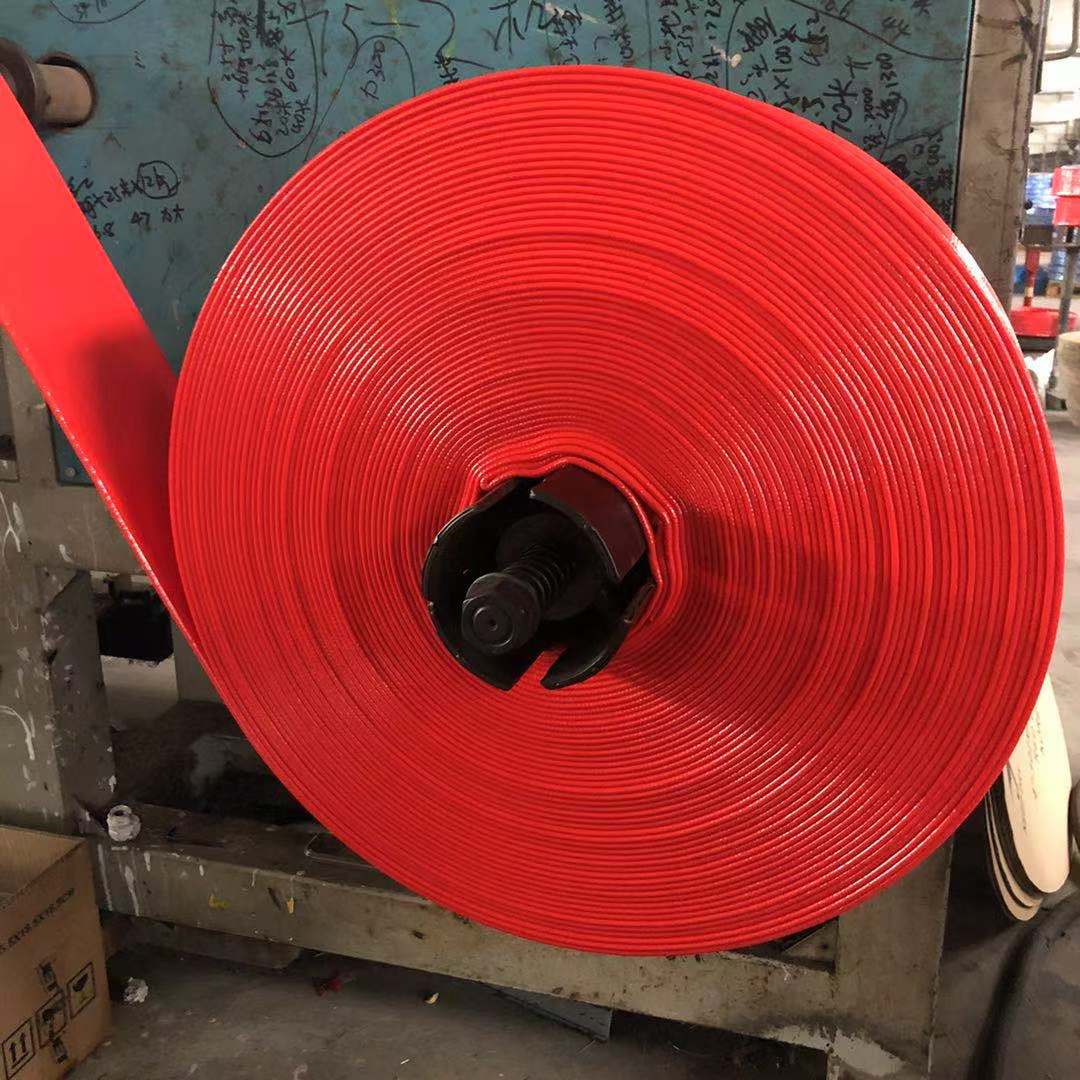Comparison of Suction Hoses and Discharge Hoses for Effective Fluid Transfer
Suction Hose vs. Discharge Hose Understanding Their Differences and Applications
When it comes to fluid transfer systems, hoses play a crucial role in ensuring the efficiency and reliability of the process. Two commonly used types of hoses are suction hoses and discharge hoses. While they may seem similar at first glance, they serve distinct functions and are designed for specific applications. In this article, we’ll explore the differences between suction hoses and discharge hoses, their construction, applications, and tips for selecting the right one for your needs.
Understanding the Basics
Suction hoses are designed to draw fluid into a pump or a similar device. Their primary function is to create a vacuum that allows the liquid to be pulled from one location to another. On the other hand, discharge hoses are used to transport fluids away from a pump or a source. They are essential for moving fluid out of a system and delivering it to a designated location.
Construction Differences
One of the key differences between suction and discharge hoses lies in their construction.
- Suction Hoses These hoses are typically reinforced, often with a rigid helix or spiral wire. This reinforcement is critical because suction hoses must withstand external atmospheric pressure when creating a vacuum. The hoses are usually made from flexible materials like PVC or rubber, which allow for easy handling and maneuverability.
- Discharge Hoses Discharge hoses, conversely, are designed to handle high pressure from the fluid being pushed out by the pump. Because of this, they are often constructed with thicker walls and additional layers of material to withstand these pressures. Depending on the application, discharge hoses may also be reinforced to provide extra durability and prevent kinking or bursting during operation.
Applications
Both suction and discharge hoses are used in various industries, each serving distinct purposes
- Suction Hoses Commonly used in applications that involve drawing water, chemicals, or other fluids, suction hoses are essential in industries such as agriculture, construction, and manufacturing. For instance, they are frequently used in irrigation systems to draw water from a source like a pond or well. Additionally, suction hoses are employed in industrial settings for vacuuming processes, including the removal of sludge and slurry.
suction hose vs discharge hose

- Discharge Hoses These hoses are vital for draining fluids and have numerous applications as well. In construction, they are commonly used for dewatering purposes, where water needs to be expelled from a site. Discharge hoses also play a significant role in fire fighting, where they transport water from hydrants to the fire scene. In industrial applications, they are used to discharge chemicals and other substances safely and efficiently.
Choosing the Right Hose
When selecting between a suction hose and a discharge hose, there are several factors to consider
1. Application Requirements Identify whether you need the hose for sucking (drawing in) or discharging (pushing out) fluids, as this will dictate your choice.
2. Material Compatibility Ensure the hose material is compatible with the fluid being handled. Some chemicals can degrade certain materials, leading to leaks or failures.
3. Pressure and Vacuum Ratings Check the pressure and vacuum ratings of the hoses. Suction hoses typically need to withstand a vacuum, while discharge hoses need to handle the pressure of the fluid being expelled.
4. Length and Diameter Consider the length and diameter required for your specific application, as this will affect fluid flow rates and efficiency.
5. Temperature Resistance Depending on the application, you may need hoses that can handle high or low temperatures without degrading.
Conclusion
In summary, while suction hoses and discharge hoses may seem similar, their functions, constructions, and applications are distinctly different. Understanding these differences is crucial for selecting the appropriate hose for any given fluid transfer process. By carefully considering the requirements of your application, including material compatibility, pressure ratings, and construction, you can ensure efficient and reliable fluid handling in your operations. Whether you're in agriculture, construction, or industrial settings, knowing when to use a suction hose versus a discharge hose will lead to better performance and avoid costly mistakes.
-
Welded Wire Mesh Panel: Durable, Versatile, and AffordableNewsJul.28,2025
-
Top Quality Oxy Acetylene Hoses for Sale Fit for Welding DemandsNewsJul.28,2025
-
The Future of Pneumatic Air Tubes in IndustryNewsJul.28,2025
-
Superior and Reliable LPG Hose Pipe Solutions for Every NeedNewsJul.28,2025
-
Exceptionally Durable and Versatile Premium Braided PVC TubingNewsJul.28,2025
-
Best Adapters for Connecting Garden Hose to PVC Pipe ConnectionsNewsJul.28,2025














